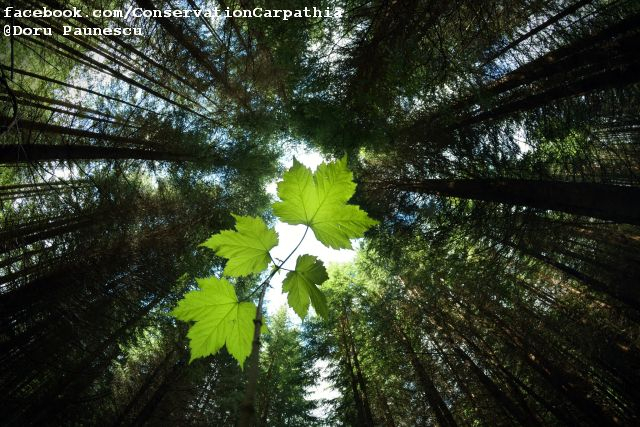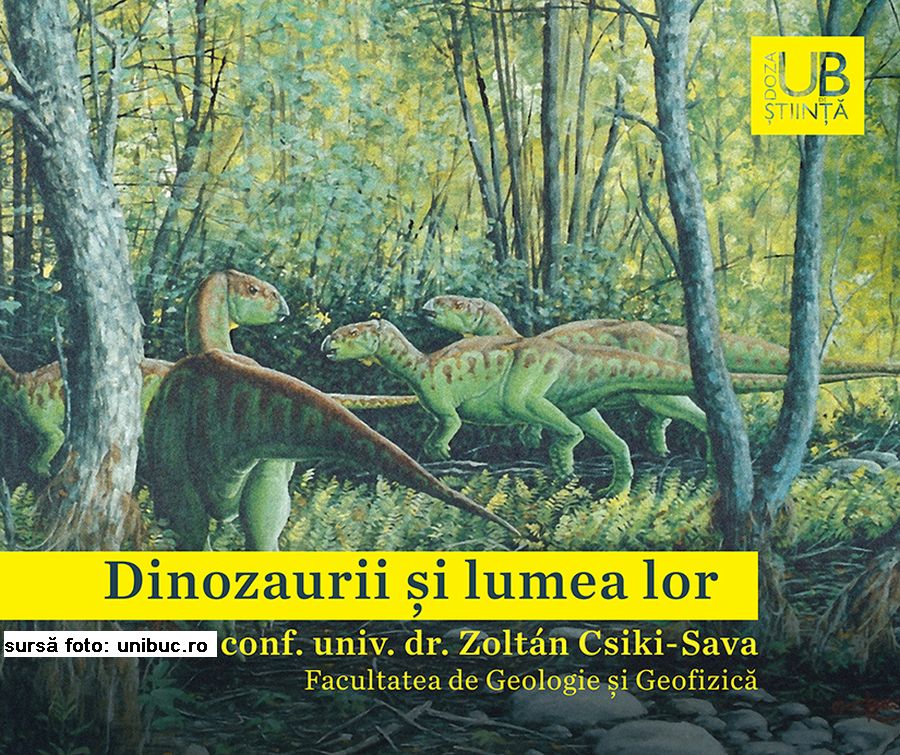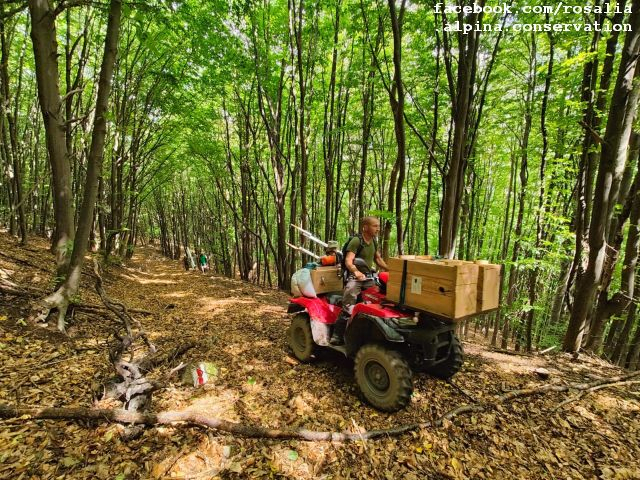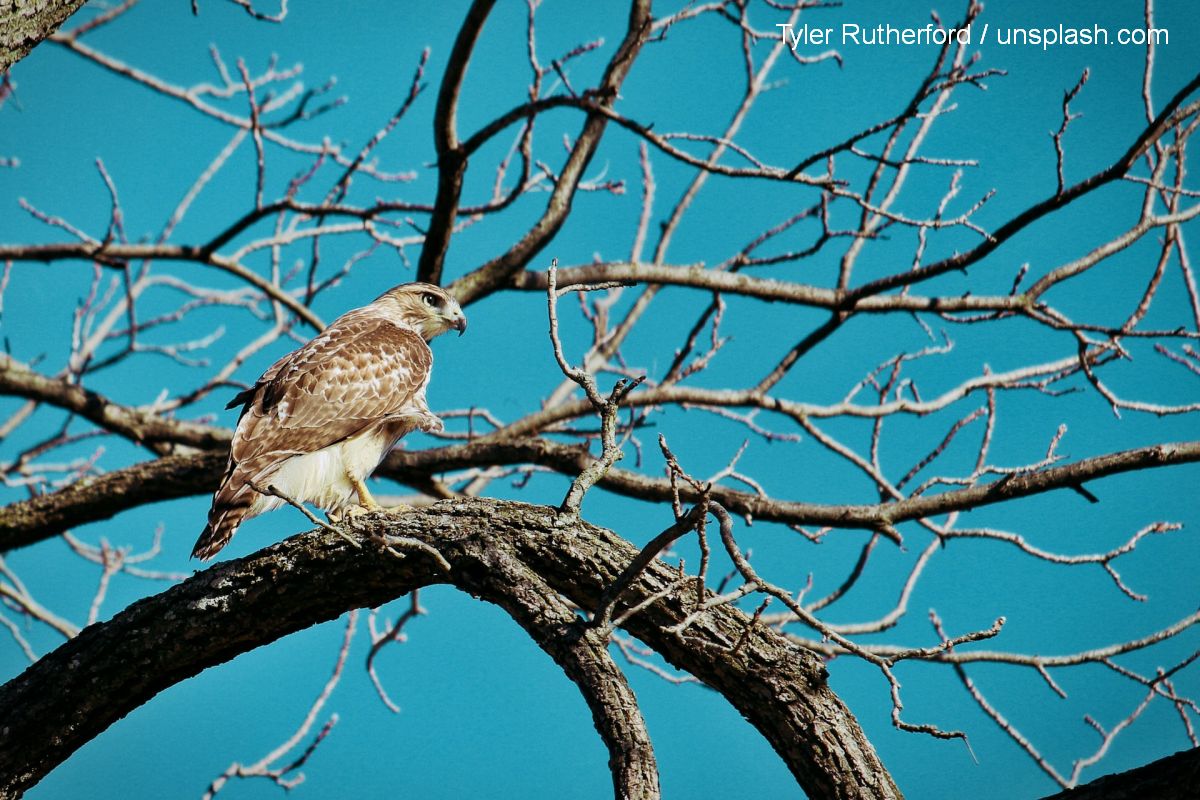Environmental reconstruction in the Făgăraş Mountains
The Carpathia Conservation Foundation jointly with the Forest District Association have kicked off a reforestation programme in the areas recently destroyed by large-scale logging in the Fagaras Mountains, central Romania

Eugen Coroianu, 26.08.2022, 15:47
The project’s target this spring amounts
to 100 hectares and benefits from financial support from the European
Commission through its LIFE programme. 435 thousand seedlings are being planted
in four environmental reconstruction areas: at Groapele, a region affected by
massive logging and arsons, Dobroneagu, Valea Dambovitei and Leresti. The
seedlings of local species either come from Carpathia nurseries or are
purchased from local producers. Here is Mihai Zota, conservationist director
with the aforementioned foundation.
Mihai
Zota: I can tell you there is a
long way from planting these seedlings to a real forest, particularly in our
case as we are trying to rebuild the natural forest environments, which existed
in this area but have been cut down. It was a certain trend back in the
communist era, but also after it, to replace forests of beech and sycamore with
spruce as spruce was believed to be a species which takes to the soil faster
and its timber can be used in constructions. We are now doing some history
research in an attempt to identify the real forests that were covering these
areas in ancient times and try to rebuild them accordingly. This aspect is very
important to us because we believe that nature knew better than us, people,
which are the right type of trees to cover a certain area, as this process
happened in millions of years. And whenever man intervenes, nature fights back
and we are witnessing all sorts of unwanted phenomena, like the appearance of
huge swarms of insects, windsnaps, windthrows etc.
Mr. Zota is actually referring here to an
environmental reconstruction instead of reforestation because the process of
creating a new forest entails many more activities besides the actual planting
of trees.
Mihai
Zota: We are conducting tests
on various hectares in all these areas in an attempt to identify how many
natural seedlings we are having on the ground. Seedlings appear naturally after
any logging, but they are not enough to make the forest regenerate by itself. We
always find seedlings from various species after deforestation. Afterwards we
are making comparisons between what was the forest like many years ago and then
we drew our conclusions what species to plant so that we rebuild the forest
like it was back then. We are not trying to outclass the engineering skills of
mother nature but we are making some predictions because research shows that in
the next 50 years, forests are likely to go up at least 100 meters, covering
more land uphill. And if we are now seeing beech trees at 14 hundred meters up
in the Fagaras mountains, in 50 years we are going to see it at altitudes of 16
hundred meters. So, we are trying to take into account these phenomena,
influenced by global warming of course. After we have identified the
composition and the number of seedlings we are going to need, we do our work in
two big stages, in spring and autumn. Why we need two stages? Because we have
noticed, that due to climate changes, the period of time we can plant these
seedlings has shortened.
The seedlings used in this project come
from two nurseries and greenhouses and they have been grown naturally in good
conditions, without chemical additives used. So, the process of building a
forest from scratch isn’t simple at all and needs maintenance works for at
least seven years. Without the proper monitoring and constant maintenance, such
barren areas are difficult to be built into real forests. Besides all its
environmental functions, a forest like this can sustain an entire social
system. 120 daily workers and scores of forestry employees are presently being
involved with suchlike reforestation projects.
(bill)






























